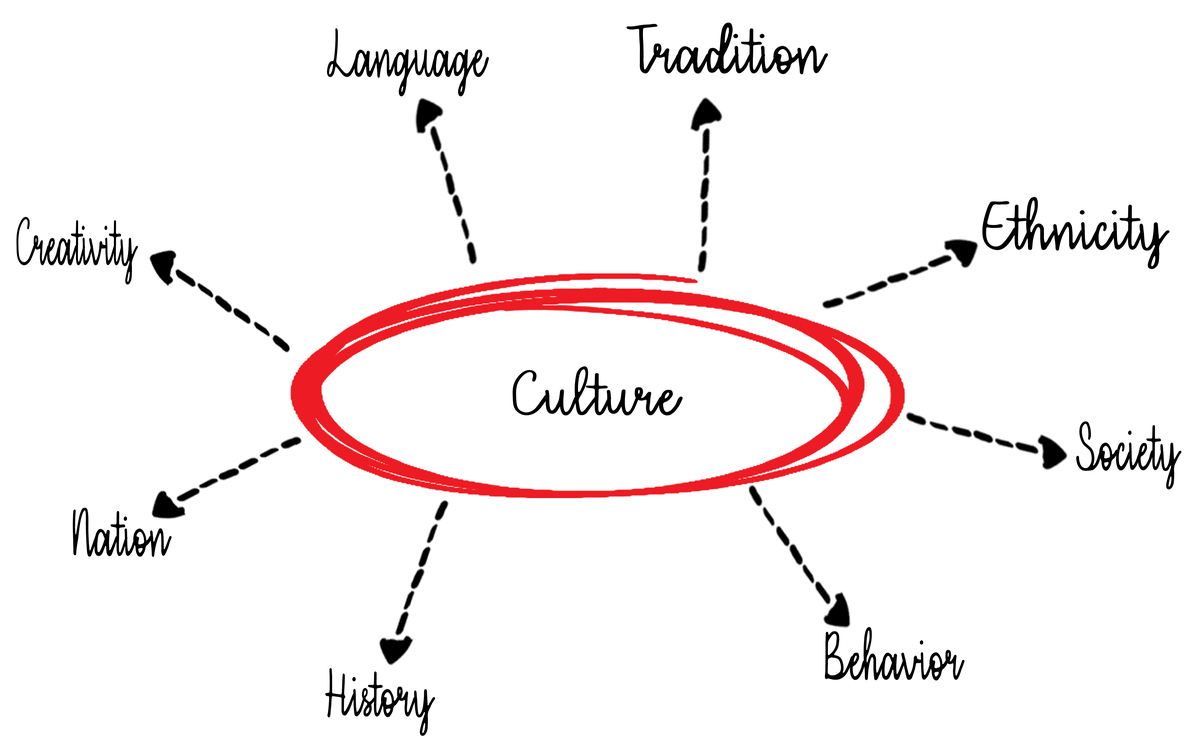Cultural Gap in Translation: Understanding the Challenges of Cross-Cultural Communication
Cultural gap refers to the differences in beliefs, values, customs, and behaviors between different cultures. It represents the lack of understanding or familiarity with aspects of another culture.
In translation, cultural gap becomes a problem because certain words or concepts in one culture may not have an equivalent in another culture. This makes it challenging to accurately and effectively translate these words or concepts, as they may not be easily understood or relatable in the target language.
For example, let's consider the Japanese word 'omotenashi'. This word encompasses the concept of exceptional hospitality, going above and beyond to take care of guests. It includes elements of respect, attention to detail, and anticipating needs. However, there is no direct translation of 'omotenashi' in English. Translating it as 'hospitality' alone does not capture its full meaning and cultural significance. Without understanding the concept behind 'omotenashi', the translation may fail to convey the depth and nuance of the word.
Another example is the concept of 'face' in Chinese culture. 'Face' refers to a person's reputation, dignity, and social standing. It is about maintaining prestige and avoiding embarrassment or loss of reputation. In English, there is no single word or phrase that can fully encapsulate this concept. Translating it as 'face' may not adequately convey the cultural implications and significance behind the word.
In both these examples, the cultural gaps between the source and target languages create difficulties in translation. Without a shared understanding of these unique cultural concepts, it is challenging to accurately convey their meaning in the target language. This highlights the importance of not only linguistic translation but also cultural adaptation and interpretation in effective communication.

原文地址: https://www.cveoy.top/t/topic/qbyl 著作权归作者所有。请勿转载和采集!